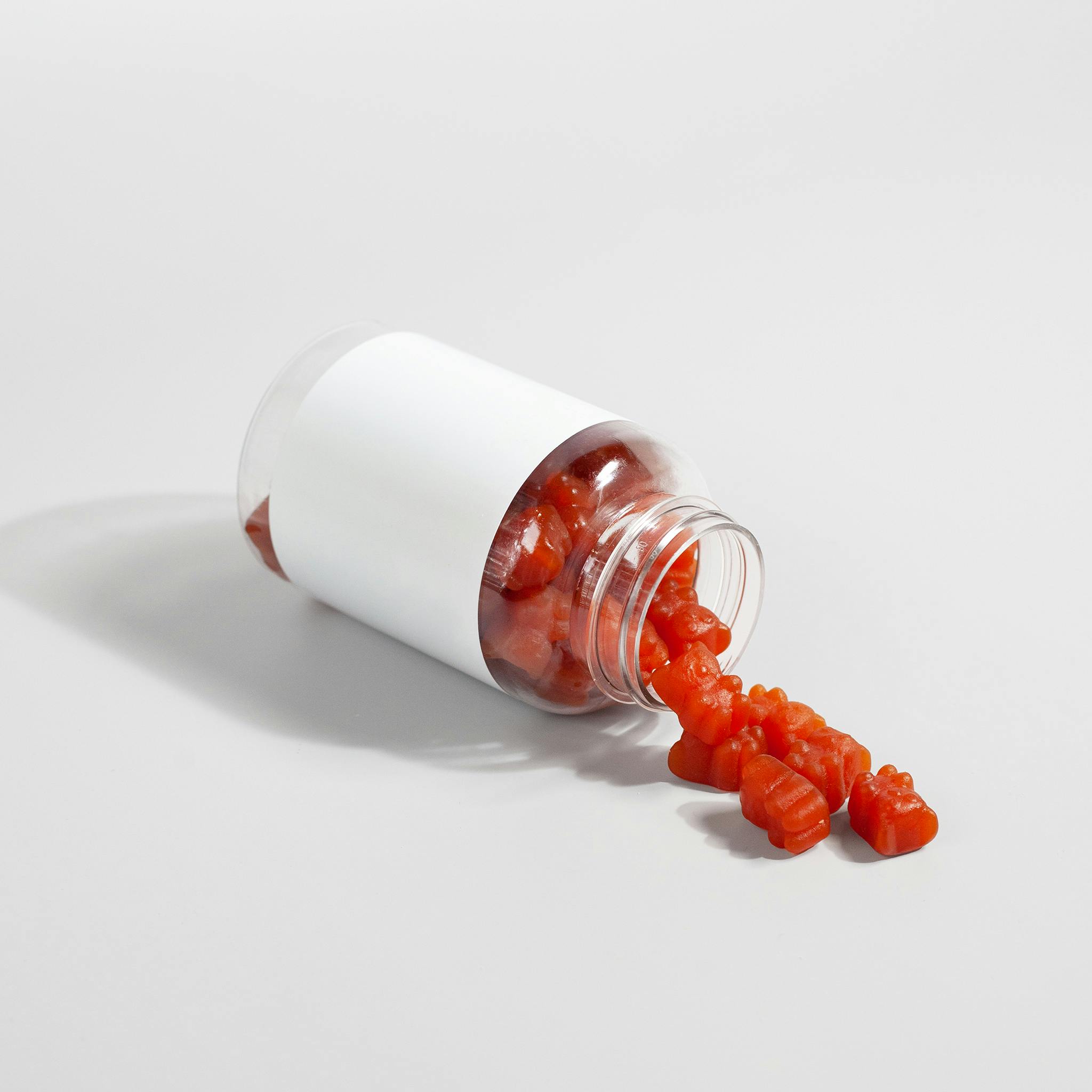Cardiocirculatory intraoperative assessment during single-shot caudal anaesthesia in children: comparison between levobupivacaine and ropivacaine
Published: June 30 2012
Abstract Views: 1164
PDF: 1703
Publisher's note
All claims expressed in this article are solely those of the authors and do not necessarily represent those of their affiliated organizations, or those of the publisher, the editors and the reviewers. Any product that may be evaluated in this article or claim that may be made by its manufacturer is not guaranteed or endorsed by the publisher.
All claims expressed in this article are solely those of the authors and do not necessarily represent those of their affiliated organizations, or those of the publisher, the editors and the reviewers. Any product that may be evaluated in this article or claim that may be made by its manufacturer is not guaranteed or endorsed by the publisher.
Similar Articles
- Mirko Bertozzi, Laura Marchesini, Simonetta Tesoro, Antonino Appignani, Laparoscopic herniorrhaphy in children , La Pediatria Medica e Chirurgica: Vol. 37 No. 2 (2015)
- Salvatore Fabio Chiarenza, Lorenzo Costa, Maria Luisa Conighi, Elisa Zolpi, Lorella Fasoli, Giulia Brooks, Enrico La Pergola, Cosimo Bleve, GERD surgery in non-neurologic patients: Modified Laparoscopic Hill-Snow Repair is a valid alternative to Nissen fundoplication. Results of a 20 years of follow-up , La Pediatria Medica e Chirurgica: Vol. 45 No. 1 (2023)
- Francesca Scarano, Alessandra Dalla Corte, Roberto Michielon, Alessandro Gava, Paola Midrio, Application of a non-pharmacological technique in addition to the pharmacological protocol for the management of children’s preoperative anxiety: A 10 years’ experience , La Pediatria Medica e Chirurgica: Vol. 43 No. 1 (2021)
- Arianna Mariotto, Nicola Zampieri, Mariangela Cecchetto, Francesco Saverio Camoglio, Ureteral rupture after blunt abdominal trauma in a child with unknown horseshoe kidney , La Pediatria Medica e Chirurgica: Vol. 37 No. 2 (2015)
- V. Ramistella, M. Wasniewska, S. Arasi, M. Catena, M.R. Velletri, D. Corica, S. Santucci, F. De Luca, Cross-sectional and prospective study of the effects of GH therapy on metabolic panel in children with GH deficiency , La Pediatria Medica e Chirurgica: Vol. 36 No. 5-6 (2014)
- M. Messina, F. Molinaro, D. Meucci, R. Angotti, L. Giuntini, E. Cerchia, A.L. Bulotta, E. Brandigi, Preoperative distraction in children: hand-held videogames vs clown therapy , La Pediatria Medica e Chirurgica: Vol. 36 No. 5-6 (2014)
- Gianluca Lista, Fabio Meneghin, Ilia Bresesti, Francesco Cavigioli, Nutritional problems of children with bronchopulmonary dysplasia after hospital discharge , La Pediatria Medica e Chirurgica: Vol. 39 No. 4 (2017)
- Alessandro Calisti, Diaaeldinn Yaseen Salman, Kibreab Belay, Andrea Mombo, Boniphace Tresphory, Giovanni Giuliani, Martina Sertori, Gian Battista Parigi, The hidden burden of Pediatric urology in Sub-Saharan Africa: an analysis of hospital admission data from three East African Health Centres , La Pediatria Medica e Chirurgica: Vol. 46 No. 1 (2024)
- George Vlad Isac, Gabriela Mariana Danila, Sebastian Nicolae Ionescu, Spontaneous resolution and the role of endoscopic surgery in the treatment of primary obstructive megaureter: a review of the literature , La Pediatria Medica e Chirurgica: Vol. 45 No. 2 (2023)
- Kibwe Alphonse Simbi, Valentin Kazadi, Louis-Marie Aissi, François Mbahewaka Katsuva, Numbi Oscar Luboya, Léon Tshilolo, Vincenzo Zanardo, Pediatric pleural empyema: one of the management challenges in children of Democratic Republic of Congo , La Pediatria Medica e Chirurgica: Vol. 39 No. 2 (2017)
1-10 of 135
Next
You may also start an advanced similarity search for this article.








